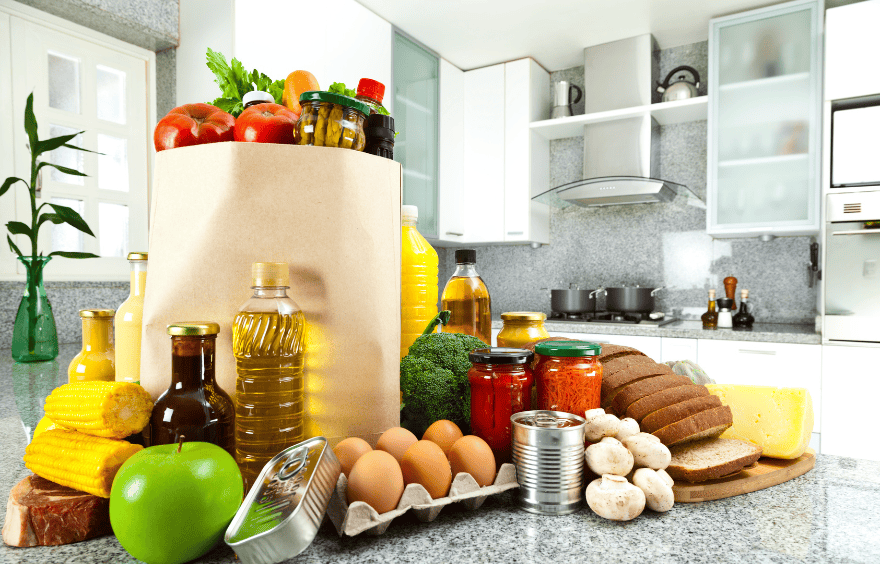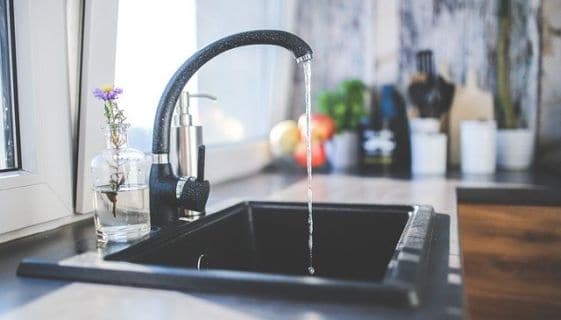We often think of food packaging as safe and convenient, but have you ever considered the chemicals that might be lurking in those containers? From plastic bottles and canned foods to the wrappers on your snacks, food contact materials (FCMs) can introduce harmful chemicals into your meals—and ultimately into your body.
The Anticancer Lifestyle Program’s webinar, “Safe Eats: Reducing Exposure to Harmful Chemicals in Food Packaging”, led by green living expert Deborah de Moulpied, dives into these hidden risks and offers practical tips to help you make safer choices.
For an in-depth guide on navigating food packaging safely, download our free eBook: Safe Eats: Reducing Exposure to Harmful Chemicals in Food Packaging.
The Hidden Dangers of Food Packaging
Food packaging is designed to protect, preserve, and transport food, but many packaging materials also contain thousands of chemicals. Often, these substances are intended to improve the durability, heat resistance, or shelf life of the packaging. However, the chemicals that are both intentionally and non-intentionally added can pose serious health risks. These include:
- Hormone disruption: Chemicals like BPA and phthalates interfere with hormonal functions, which can impact reproductive health, growth, and metabolism.
- Cancer: PFASs, BPA, and phthalates are associated with increased cancer risk, including breast, prostate, and other cancers.
- Reproductive and developmental issues: Long-term exposure to certain chemicals can affect fertility, prenatal development, and growth in children.
- Endocrine disruption: Chemicals that interfere with the body’s hormone systems can cause a cascade of health issues, from diabetes to thyroid problems.
Even more concerning is the growing evidence around microplastics—tiny particles that shed from plastic packaging and enter our food and water. Studies have detected microplastics in human blood, organs, semen, and even the placenta, raising serious concerns about their long-term health impacts.
Types of Food Packaging Materials and Their Risks
Here’s a quick overview of common packaging materials and the chemicals they may introduce:
- Plastics: Found in everything from water bottles to ready-to-eat meal containers, plastics often contain BPA, phthalates, and PFAS chemicals, which are linked to hormone disruption, cancer, and reproductive issues.
- Paper: Often used for dry foods, but paper is frequently coated with water and grease-resistant chemicals, including PFASs, which have been linked to cancer and immune system issues.
- Metal (Cans): Many cans are lined with bisphenol resins such as BPA, or other questionable materials, to prevent rust and contamination, but these chemicals can leach into the food.
- Silicone: Common in baking and food storage, silicone may release VOCs (volatile organic compounds) when heated, or may leach additives into foods.
- Glass: Generally safe and non-leaching, though some lids can be lined with plastic coatings that may contain BPA or other harmful chemicals.
For a detailed breakdown, view the webinar replay on Reducing Exposure to Harmful Chemicals in Food Packaging.
How to Make Safer Choices in Food Packaging
Although avoiding all packaging isn’t realistic, there are safer ways to approach food storage and buying packaged goods:
- Choose fresh, unpackaged foods whenever possible to minimize exposure.
- Select glass over plastic when purchasing items like sauces, pickles, or beverages.
- Avoid canned foods and drinks, as these are often lined with BPA or other harmful alternatives. Look for glass or buy frozen or bulk foods.
- Reduce plastic usage in food storage by switching to safer materials like glass, stainless steel, or ceramic containers.
Do’s and Don’ts Guide for Healthier Packaging Choices
To simplify your shopping, follow these guidelines:
- DO opt for fresh produce, bulk goods, and farmer’s market items that use minimal packaging.
- DO transfer takeout food to glass or ceramic containers as soon as possible.
- DON’T heat food in plastic containers; this increases chemical migration into your food. Use glass or ceramic for microwaving or heating.
- DON’T be fooled by “natural-looking” packaging; terms like “eco-friendly” or “BPA-free” can still hide harmful chemicals if not certified.
Small Changes, Big Impact
Changing your food storage and packaging choices can be as simple as starting small:
- Switch to glass storage for leftovers and meal prepping.
- Avoid single-use plastics by bringing your own reusable bags, jars, or containers for bulk shopping.
- Choose stainless steel or glass water bottles over plastic ones to avoid microplastics and chemical leaching.
Learn more tips for reducing toxic exposures in your daily life with our free resources, How To Create a Healthy, Nontoxic Home.
Why Watch the Webinar Replay?
This comprehensive Safe Eats webinar offers even more actionable advice on choosing safer food packaging and storage materials. Deborah de Moulpied shares evidence-based insights, helping you make informed decisions that benefit both your health and the environment.
By choosing safer food packaging and making small adjustments in how you store and prepare food, you can reduce exposure to harmful chemicals and promote a healthier lifestyle for yourself and your family. Explore more resources on the Anticancer Lifestyle Program website to support your journey to a healthier lifestyle.
More Resources
Anticancer Lifestyle Program eBooks
My Plastic-Free Life is a blog offering insights, tips, and resources for reducing plastic use and its harmful environmental effects. The site includes practical advice on minimizing plastic usage, reviews of alternative products, and personal stories from the journey to a plastic-free lifestyle.
Tip Sheet describing alternatives to PFAS-coated food packaging
The 8 Best Companies Selling BPA-Free Canned Goods: LeafScore’s top picks for brands selling BPA-free canned beans, pumpkin, seafood, and other goods.
Bisphenol A (BPA) in Canned and Bottled Food and Drinks: Fact sheet released by the California Office of Environmental Health Hazard Assessment.





